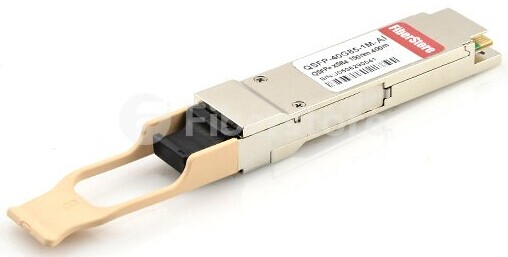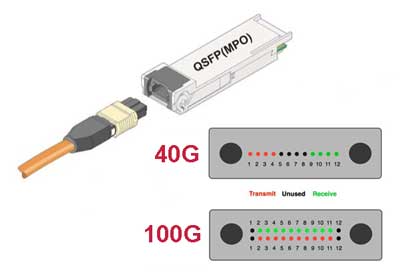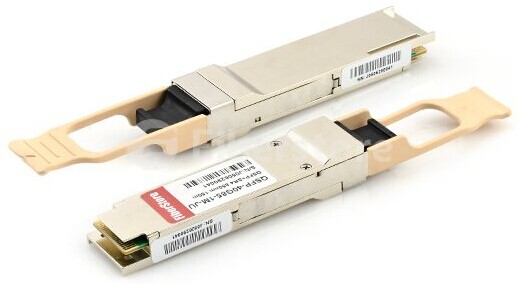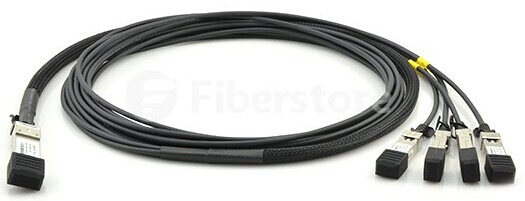With the expected increase in use of 40 Gbps and 100 Gbps, there is an increasing demand for higher and higher density fiber cabling solutions. Existing and emerging network technologies are driving the need for increased data rates and fiber usage in the data center. High-density cabling with MTP/MPO connectors is essential to address these trends to provide an easy migration from duplex fiber serial transmission to 12- and 24-fiber parallel optics transmission.
What Is MTP / MPO Connector
The MPO connector is a multi-fiber connector defined according to IEC 61754-7 and TIA/EIA 604-5 that can accommodate up to 72 fibers in the tiniest of spaces, comparable to an RJ45 connector. MPO connectors are most commonly used for 12 or 24 fibers. To achieve lower tolerances and better attenuation values, the US Conec developed the MTP connector which has better optical and mechanical quality than the MPO. MTP/MPO connectors provide the following benefits:
- A single 12 fiber connector at one end connects to multiple duplex connectors at the other end such as LC or SC
- Linking cables can be pre-connected to modules which are then placed in patch panels above the equipment
- Modules can be replaced and upgraded if required
- Scalable and adaptive to technology changes
- Module can be replaced with a fan-out and adapter plate if required
MTP / MPO Cable Assemblies
Since field termination is becoming widely available, MTP/MPO technology and MTP/MPO cable assemblies listed below are becoming more and more popular.
MTP / MPO Trunk Cable
MTP/MPO trunk cables are terminated with the MTP/MPO connectors. Trunk cables are available with 12, 24, 48 and 72 fibers. MTP/MPO trunk cables are designed for data center applications. The plug and play solutions uses micro core cable to maximize bend radius and minimize cable weight and size.
MTP / MPO Cable Harness
MTP / MPO cable harness is also called MTP / MPO breakout cable or MTP / MPO fan-out cable. This cable has a single MTP connector on one end That breaks out into 6 or 12 connectors (LC, SC, ST, etc.). The MTP / MPO harness assembly has Become a popular method for connections into high-port-count network switches.
Push-Pull MTP / MPO Patch Cable
A push and pull cable has the same components and internal-structure as the traditional patch cords, except a tab attached to the connector used for pushing or pulling the whole connector. This small push-pull tab looks simple but it is functional for high density cabling in 40/100G migration. The Push-Pull MTP/MPO patch cable for highest density allows high-density MTP presentation underneath SAN switches or proximate to super computers. It also provides access to 192 MTP connections in 2U of height space.
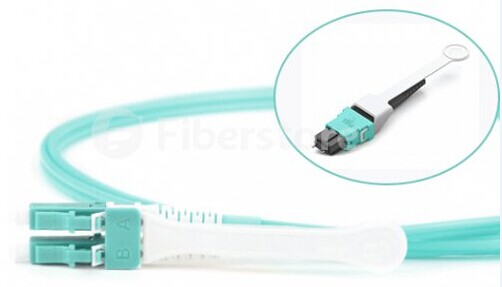
The Trend for High-density Cabling
MTP/MPO style pre-terminated cables offer a market-leading low loss, fast and efficient connection system particularly suited to the data center and storage area network environment. The following factors lead to the trend for high-density cabling:
- Reduced cable size and increased air-flow to equipment
- High Density blade servers with hundreds of ports
- Virtualisation and cloud-computing
- High real-estate costs for rack space
- Reduced installation times
- Structured cabling approach (zone approach)
- 40G and 100G parallel optics
Fiberstore offers you a wide selection of MTP/MPO style pre-terminated cables including MTP/MPO trunk cable, MTP/MPO harness cable, Push-Pull MTP/MPO patch cable. Besides, we also provide Push-Pull tab LC patch cord and other related fiber cables. All these cables are with high flexibility and reliability. They can be customized according to your special requirements.
